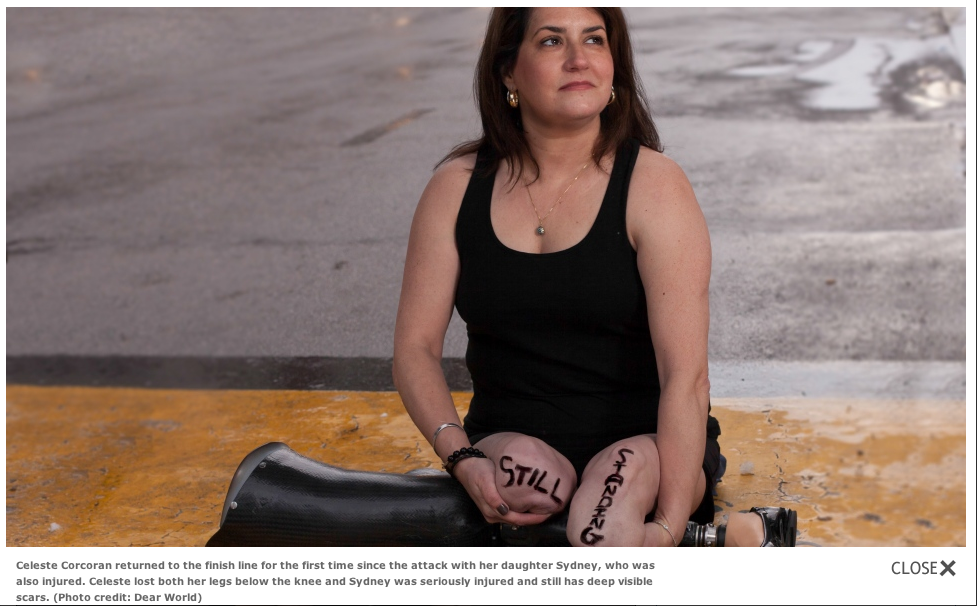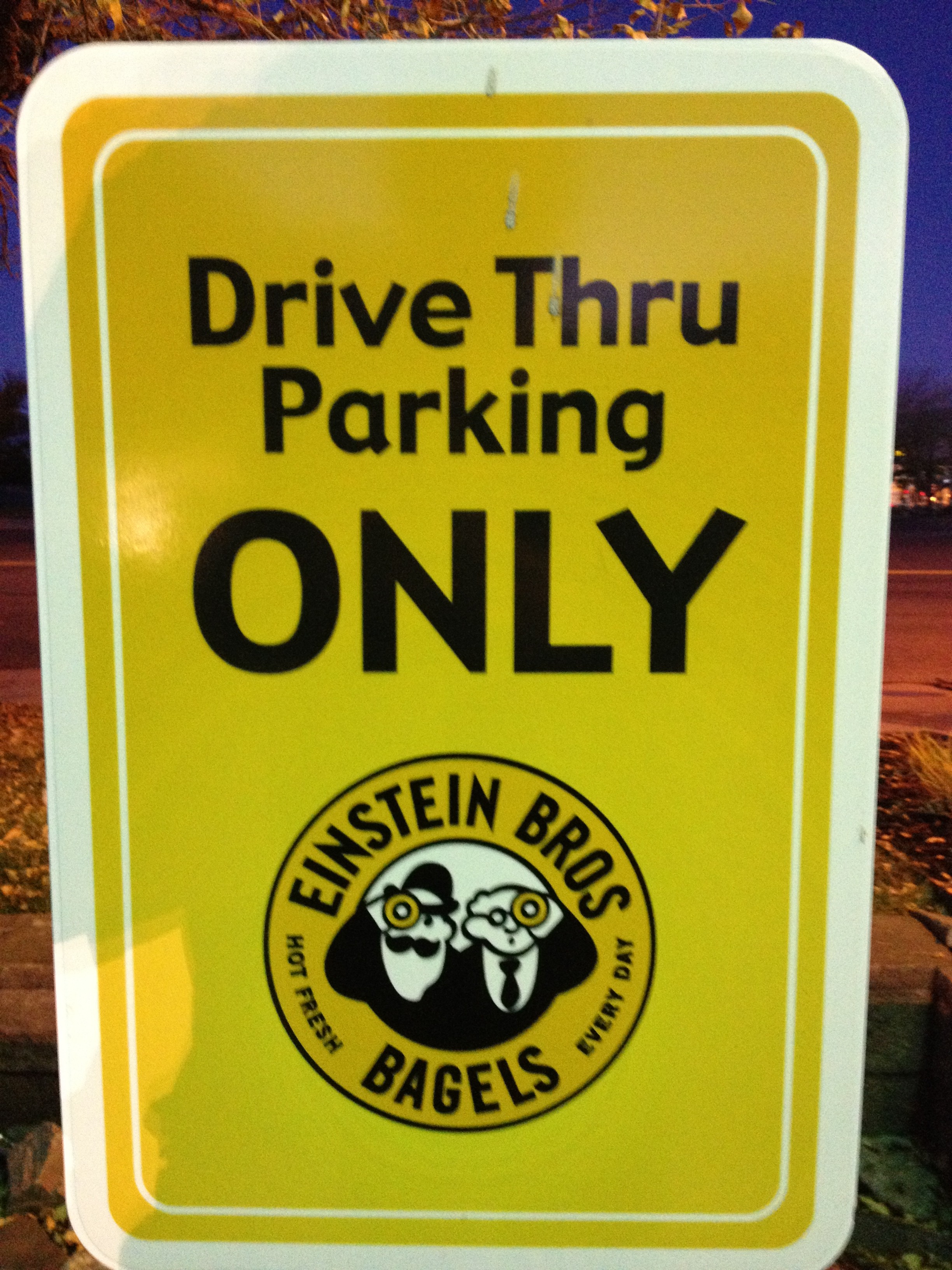It seems that periodically these days we hear about the coming demise of libraries. They are framed as dinosaurs, inelegant reminders of a space that has outlived its usefulness. Sometimes I wonder if the authors of these articles have been to a library recently.
Today I went to our local library, a typical suburban location with a reasonable socio-economic mix around it, just off of a strip mall. There is nothing remarkable about it from a location perspective that would make it particularly more or less busy as a library. It certainly isn’t anything like the libraries built as testaments to the written word. It opens at 10am on Wednesdays, and at 9:55 there was a line of people at the door about 15 deep. I got in line, and by the time the doors opened at 10, there were about 6 or 7 more people behind me.
By all appearances, the crowd was a mix of people. A mother and her teen age son were in line ahead of me, they were there for his weekly meeting with his math tutor, who was apparently in line behind me. I later saw the two of them in one of the small conference rooms, math on the white board, and deep in conversation. A mother with a small child and a stack of books was there for a drop off and restock. The minute she got through the entrance, the little girl said “Mommy, I’m going to go read OK?” and took off for the children’s section without hesitation. A man in a wheelchair made his way through the door and to a workstation where he got online – he was deeply engrossed in the news when I walked by about an hour later, although I’d observed several visitors and employees saying hello to him and stopping to chat. For that matter, the workstations with internet access were in constant full use – a good reminder that not everyone has access at home, either because of coverage, cost, or equipment requirements. A few older people quietly played cards in one of the side rooms, and several read the newspaper or a magazine in the periodical section. Other people browsed the stacks, stopping to check out the ‘staff picks’ and new releases. Me? I was there to check out a few audio books for an upcoming road trip.
Maybe someday paper books, newspapers, and magazines will be obsolete, but the role of a library in a community is so much more than that of a warehouse. It isn’t just a place to put physical books and have people take them away and return them. A library is a neighborhood asset, a connection place, a space where community happens. San Antonio’s book less library has gotten some good press (see here for the recent Times article), an interesting experiment in what purpose libraries really serve, and how users want to consume literature as well as congregate. The Pew Institute tells us that e-reader use is up, and printed media use is down, so as I said at the beginning, I accept that physical objects may go away. But be cautious of writing off the library too quickly as obsolete. Losing libraries would be losing so much more than a roof over the paper on which stories are printed.
Amsterdam’s Central Library, Photograph: View Pictures/UIG via Getty Images





